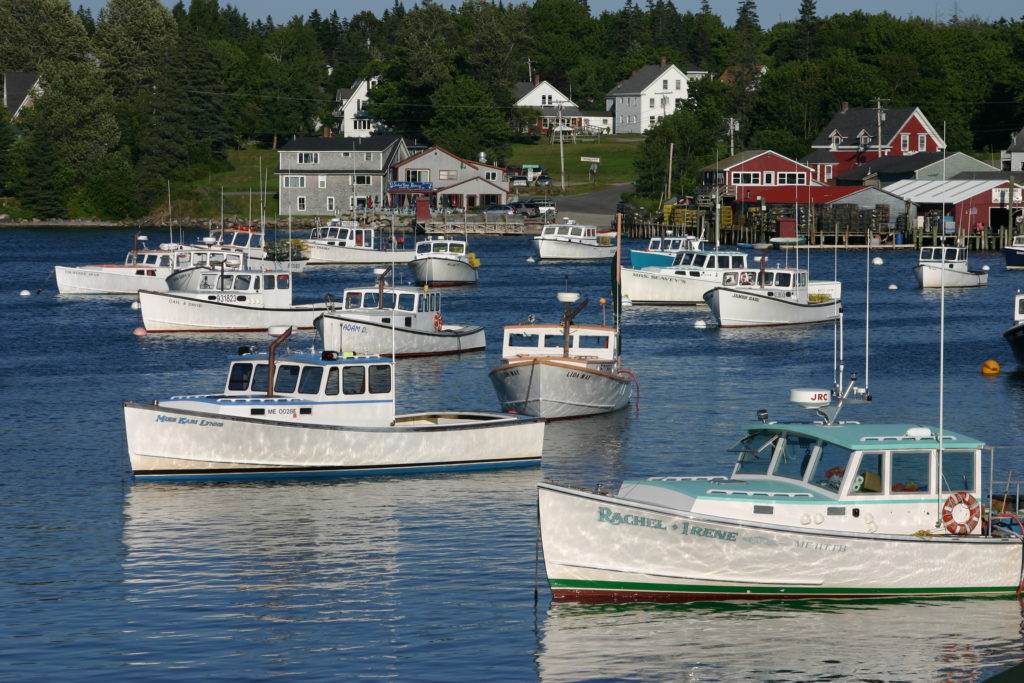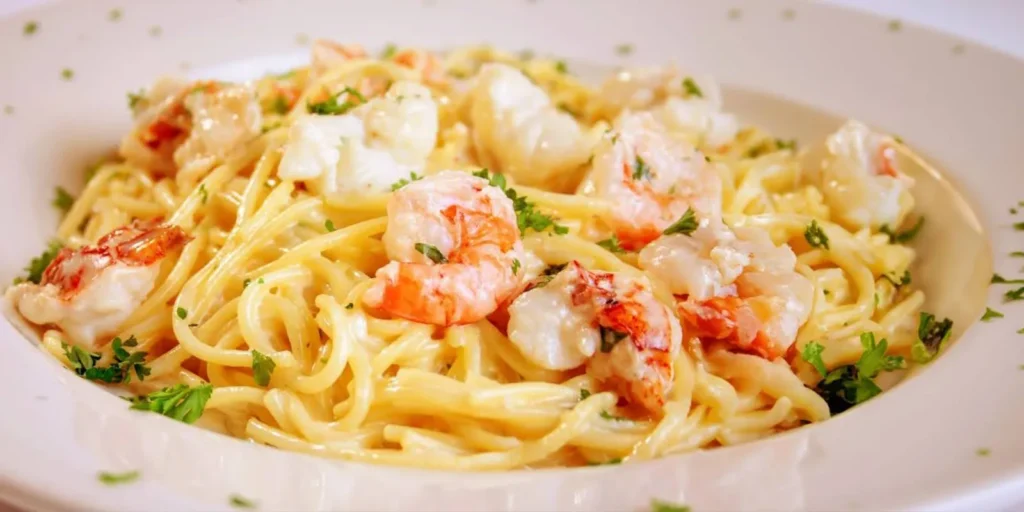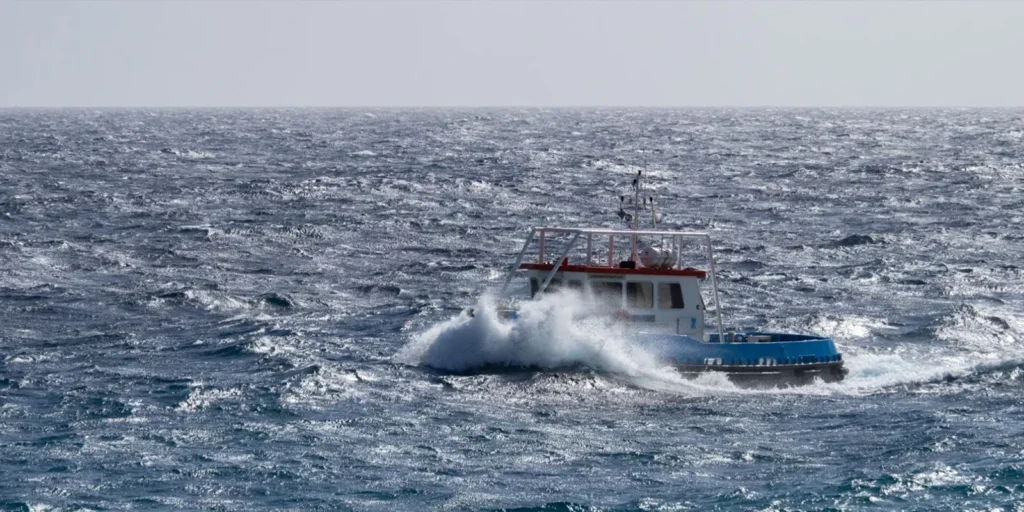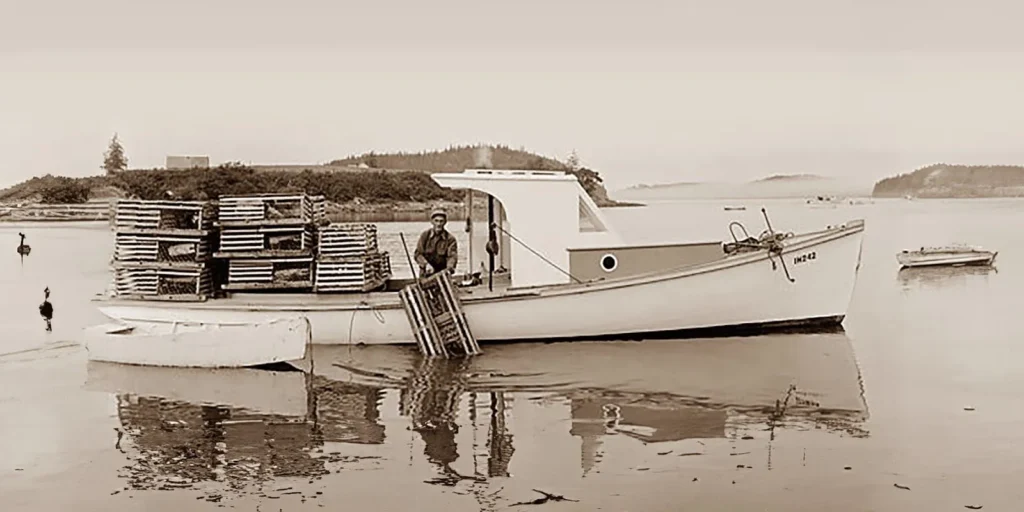
A Day in the Life of a Maine Lobsterman: Tales from the Atlantic
When most people think of a Maine lobsterman’s job, they conjure images of early morning coffee, sunny days, salty air, and pulling lobster traps. Once upon a time, this was an accurate summation of a lobsterman’s day, but today, fishing or hauling traps is only one aspect of a day in the life of a Maine lobsterman.
Up before the crack of dawn
Most lobstermen wake very early to begin their day (whether they are fishing or not). They grab a cup of coffee at home or at the general store and hop in a skiff to head out to their boat that sits on a mooring. Sometimes they have to load up the boat with bait, sometimes they got that done the day before. They check their electronics and gear, do one last check of the weather, and head out to their first string of traps. Sometimes their traps are just around the corner, and sometimes the traps are hours away. It depends on the time of year and the speed of the boat.
The number of traps a lobsterman hauls in a day depends on the time of year, bait, and what they want to get done that day. Sometimes a lobsterman will haul 100 traps, sometimes they will haul 400, and sometimes they will haul until they just can’t haul anymore. When lobstermen haul up their traps they often put more bait in the trap and set them back. Sometimes, if the traps “aren’t fishing good” they will put them aboard the boat and reset them in another location. Lobstermen make decisions about how and where to set traps based on past experiences, the makeup of the bottom of the ocean (Is it rocky or muddy?), and how many lobsters they find in the traps when they haul them.
When they are done hauling their gear, they will begin the steam home and clean up the boat. When they get back to the wharf, they unload all of their lobster and put the boat back on the mooring.
How many days a week does a lobsterman haul?
A lobsterman’s schedule is mostly dictated by the weather. Lobstermen pay close attention to the forecast and try to “plan” as best they can. In the summer, lobstermen are able to haul more often whereas in the winter they may only be able to haul their traps once or twice a week. Lobstermen try to plan ahead and will “bait their traps heavy” if they think it might be a while before they can get back to them.
What do lobstermen do when they aren’t hauling traps?
There is quite a bit of onshore work that needs to be done. Lobstermen always seem to have a boat project to work on, more traps to build, or something to pick up at the marine store. They also have to keep up with the necessary reporting that is required every time they haul lobster traps. The lobster industry, and the fishing industry in general, is also very complicated. With over 13,000 regulations, there’s a lot of information to keep up with to make sure that a lobsterman is doing everything correctly. Many lobstermen also spend time advocating for their industry, attending meetings, paying attention to policy matters, and even teaching the next generation of fisherman how to become a lobsterman.
Community and Tradition
Lobster fishing in Maine is not just a job; it’s a way of life deeply ingrained in the state’s culture and in the identities of Maine fishermen. Maine lobstermen are part of a tight-knit community that shares not only challenges on the ocean but a deep respect for the environment and the species they harvest. Lobster fishing is incredibly difficult work with immense rewards. Most lobstermen prefer the independence of owning their own business, the quiet of being out on the Gulf of Maine, the ability to work with their hands, and the opportunity to share some of the best seafood in the world with people around the world.
When you buy lobster at ShopLobster, you help support all of the amazing small businesses that make up Maine’s lobster industry.











